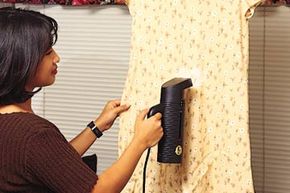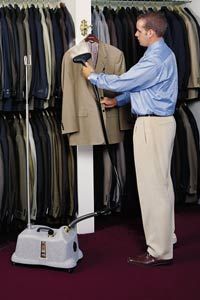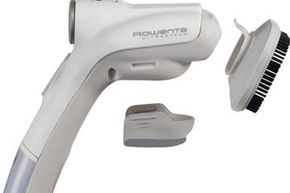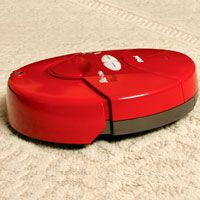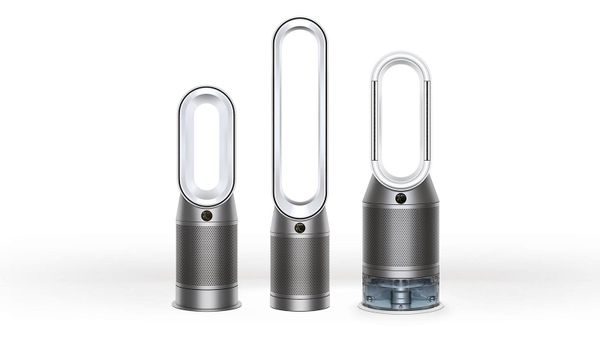Most high school history teachers and "Jeopardy!" participants would probably cite the steam engine, which powers trains, boats and factories and sparked the Industrial Revolution, as the most important water-vapor-based innovation of all time. Fashion designers, stylists and anyone who has tried to pack formal wear in the overhead compartment of a cross-country flight might disagree and cite the clothes steamer instead. A popular alternative to the clothes steamers are found everywhere from hotel and fitting rooms to interior design shops and beauty salons.
The machines were developed in the early 1900s as a solution to a men's fashion emergency: the constant wrinkling of bowlers, fedoras and other felt hats in vogue at the time. A home remedy of using teakettle steam to straighten out disheveled headwear later became a commercial endeavor when businesses created more efficient versions by attaching a hose and brush head to a kettle-like device [sources: Best Steam Reviews]. Decades later, similar technology is being used not only on hats, but also on dresses, suits, drapes and even wigs.
Advertisement
Today, garment steamers have evolved into a variety of models, including hand-held portable versions and industrial, heavy-duty machines used by dry cleaning operations. Meanwhile, a middle-of-the road, medium-sized version is a popular choice for professionals and regular home users alike. In addition to working on materials that shouldn't be ironed, the less cumbersome travel editions are easier to lug around than a traditional iron and don't require a board or other flat surface to do their magic.
So how do these vapor-making machines actually work? More importantly: Do they actually work?
